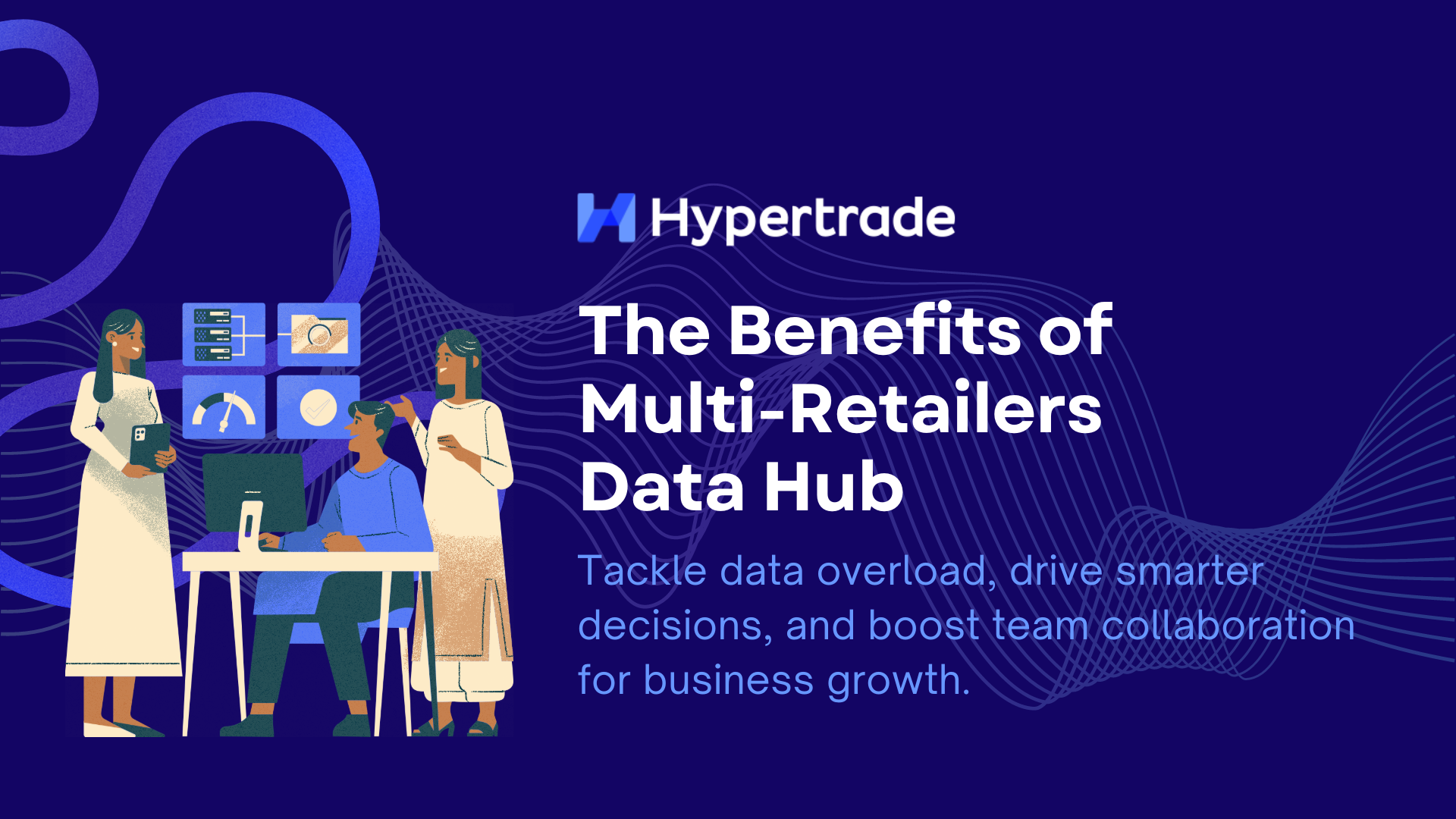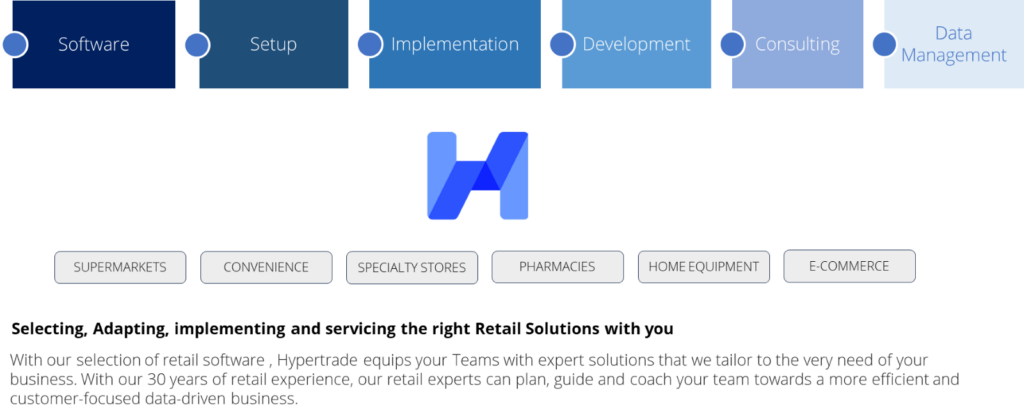Why do we need the Brand Analysis
Brand analysis is the process of studying a brand and its performance in the market. It is an important tool for businesses to use to understand the strengths and weaknesses of their brand and identify opportunities for improvement. There are several reasons why businesses may need to conduct a brand analysis:
- To understand the brand’s market position: By analyzing the brand’s market share, customer base, and competitors, businesses can get a better understanding of their position in the market.
- To identify opportunities for growth: Brand analysis can help businesses identify areas for growth and development, such as new markets or product categories.
- To inform strategic decision-making: By understanding the brand’s strengths and weaknesses, businesses can make more informed decisions about their marketing, sales, and product development strategies.
- To measure brand performance: Brand analysis can help businesses track the performance of their brand over time and identify areas for improvement.
- To improve customer satisfaction: By understanding how customers perceive the brand, businesses can identify opportunities to improve the customer experience and increase satisfaction.
Overall, brand analysis is an important tool for businesses to use to understand their brand and identify opportunities for growth and improvement.
1. Brand Health Check
Identify the Numeric KPI to see all perspectives of your brands, then build a scorecard dashboard that you can monitor every month. Brand Scorecard varies depending on the industry and business goals, but some common KPIs for a brand scorecard include:

- Financial: Revenue, Profit and Loss
- Competition: Market Share, Ranking
- Shopper’s Basket: Number of Baskets, Unit per Basket, Penetration, Wallet Share
- Shoppers: Shopping Frequency, Shopper Penetration, New Shoppers
- Satisfaction: Number of the repeat purchase shoppers
2. Market analysis
The most popular measurement is the growth-share matrix, also known as the Boston Consulting Group (BCG) matrix, which assesses a company’s product portfolio and determines which product or segment should receive the most investment.

The grid is based on the Brand market growth rate and Brand market share and is divided into four quadrants. Brand strategy in each quadrant should be different.
- Star: Expand
- Question Mark: Invest or Divest
- Cash Cow: Harvest
- Dog: Divest
The growth-share matrix can help a company prioritize its investment decisions and allocate resources effectively. However, it has some limitations, such as its reliance on market share as a sole measure of a product’s success and its failure to consider other factors that may affect its performance.
Customer analysis: Study the brand’s customer base to understand their demographics, preferences, and behaviors.
3. Opportunity Lost Analysis
Quantifying the number of expected sales would help us know how much we should invest.
There are 2 possible ways.
3.1 Growth opportunity loss
It refers to potential business growth that was not realized due to missed opportunities or poor decision-making. It can be caused by various factors, such as a lack of resources, inadequate planning, or a failure to seize opportunities as they arise.
The calculation is
- My Brands Sales Growth = A
- My Brand Sales Last Year = B
- My Benchmarked Sales Growth = C
Formula = (A-C) x B


3.2 Fair Share Gap
The fair share gap is the difference between a company’s actual market share and its potential market share, also known as its “fair share.” It is typically used to measure a company’s performance in a specific market.
To calculate the fair share gap, you can use the following formula:
Fair share gap = Actual market share Potential market share Potential Market Share can be, for example
-Your company’s market share combining all brands
-Your brand market share on average in many markets
-Your targeted competitor’s market share
4. Competitors Analysis
Competitor analysis studies your brand’s competitors to understand their strengths, weaknesses, and strategies. It is an essential tool for businesses to stay competitive in their market and make informed strategic decisions.
To conduct a competitor analysis, you can follow these steps:
- Identify your competitors: Who are the main competitors in your market? Next, make a list of all the companies that offer similar products or services.
- Benchmark your brands vs them in terms of
– Number of SKUs,
– Assortment Variety for different shopper group
– Pricing
– Promotion: Above the line and below the line - Evaluate their strengths and weaknesses: Identify your competitors’ key strengths and weaknesses, By conducting a competitor analysis, you can better understand your competitors and their strategies, which can help inform your own business decisions.

5. Brand perception analysis
The process of studying how consumers perceive a brand and its products or services. It is to understand their brand’s strengths and weaknesses and identify improvement opportunities.”
There are several ways to conduct a brand perception analysis, including:
- Surveys are a common method for collecting data on brand perception. You can use online tools or hire a research firm to conduct a survey and gather data on consumer attitudes and perceptions of the brand.
- Focus groups involve gathering a small, diverse group of consumers and facilitating a discussion about the brand. This can provide valuable insights into how consumers perceive the brand and its products or services.
- Social media analysis: Social media platforms can be a rich source of data on brand perception. By analyzing social media conversations and sentiments, you can understand how consumers feel about the brand.
- Customer feedback: Customer feedback, such as online reviews or comments on social media, can provide valuable insights into how consumers perceive the brand.
- Brand tracking studies: These are long-term studies that track changes in brand perception over time. They can be useful for identifying trends and patterns in consumer attitudes towards the brand.
Common Traps to Avoid
Below are the most common traps we have seen happening during a Category Management approach implementation
- Relying too heavily on subjective opinions
- Failing to consider the competitive landscape
- Ignoring the customer perspective:
- Failing to update the analysis regularly
Success Factors
What company could help brand manager to successfully implement brand review process.
- Solidify RACI (response, account, consult and inform) of each brand review step
- Schedule the timeframe clearly.
- Action Driven Data Analytic Solution, so that team can build the action plan efficiently.
- Arrange the training regular for newcomers and refresher training for the existing member.







